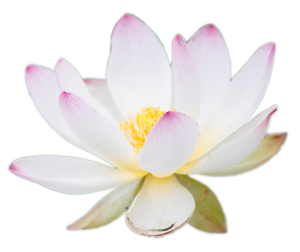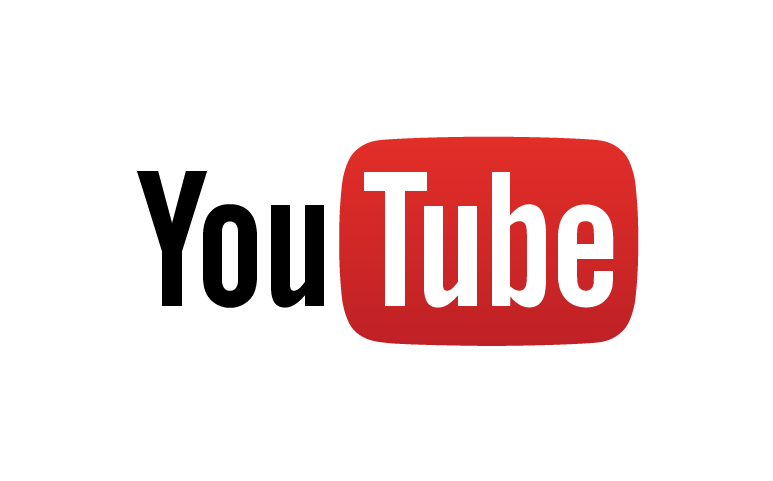In 20 or 30, maybe 50 years Physical Therapy will be Postural Restoration. The more traditional techniques will not disappear, but they will have to adapt to the basic insights of Postural Restoration.
I can say this easily because I am not a physical therapist and certainly not a Postural Restorationist. I don’t know all the details of Postural Restoration. However, it is clear that Postural Restoration provides us with a paradigm shift in the short history of Physical Therapy. It is not just another technique that will be added to the many other techniques. Postural Restoration is a revolution.
The basic insight is as simple as Newton’s apple falling from a tree: We are asymmetrical beings by nature and it is good that we are asymmetrical because we probably could not move well at all if we were symmetric. We are reaching out with the right arm or leg because it is easier and more powerful. We are made that way.
We see the application of it for instance in sports. To give one example: In all track and field activities we always run around the field in the same direction, opposite clockwise. There is no culture and no individual that prefers to run the opposite way. It is because we are faster this way. The reason is our basic asymmetry.
There are many other examples. The point, however, is that based on the insight into our fundamental asymmetry and on a sound understanding of bio-mechanics, the founder, Ron Hruska, developed what we call now Postural Restoration, a growing canon of hundreds of exercises.
The exercises can be used to either enhance performance in movement or sports, to avoid injuries or to correct painful imbalances like back pain, neck pain, hip pain, knee pain and so on. A couple of sport teams have been using the exercises successfully, as do a couple of physical therapists.
Unfortunately, there are limitations. The exercises are so precise and difficult that they are not easy to learn. It is an effort.For physical therapists also, Postural Restoration is not easy to learn and challenging intellectually. To slap on a hot-pack and use the ultrasound machine is a lot easier for both the therapist and the patient. Much easier also to do the same exercises first twice to the left, then twice to the right as it is done almost everywhere, ignoring our basic asymmetry. It is easier, but it does not always help.
Once the exercises are understood, which may take a couple of sessions, progress should be immediate.



